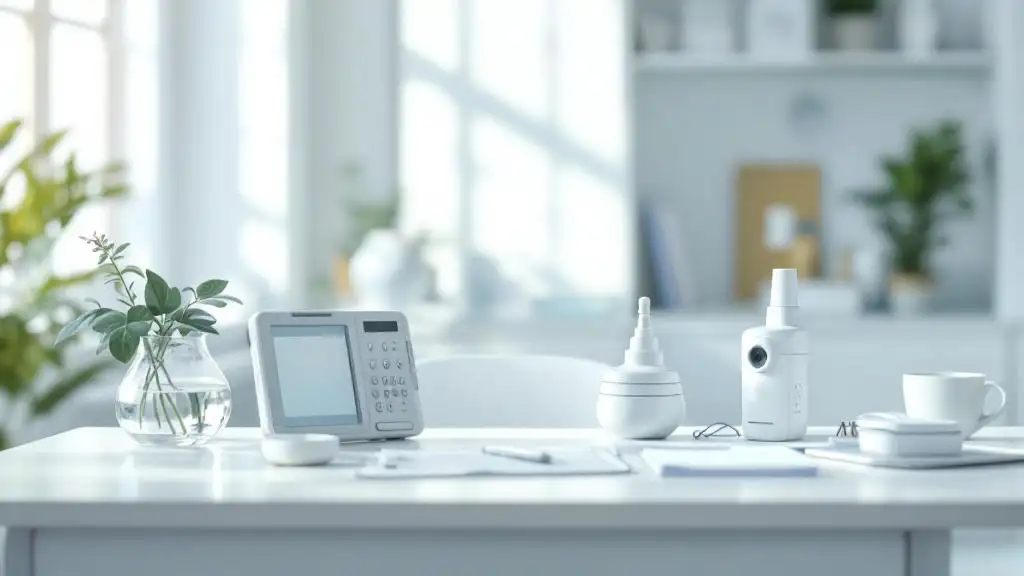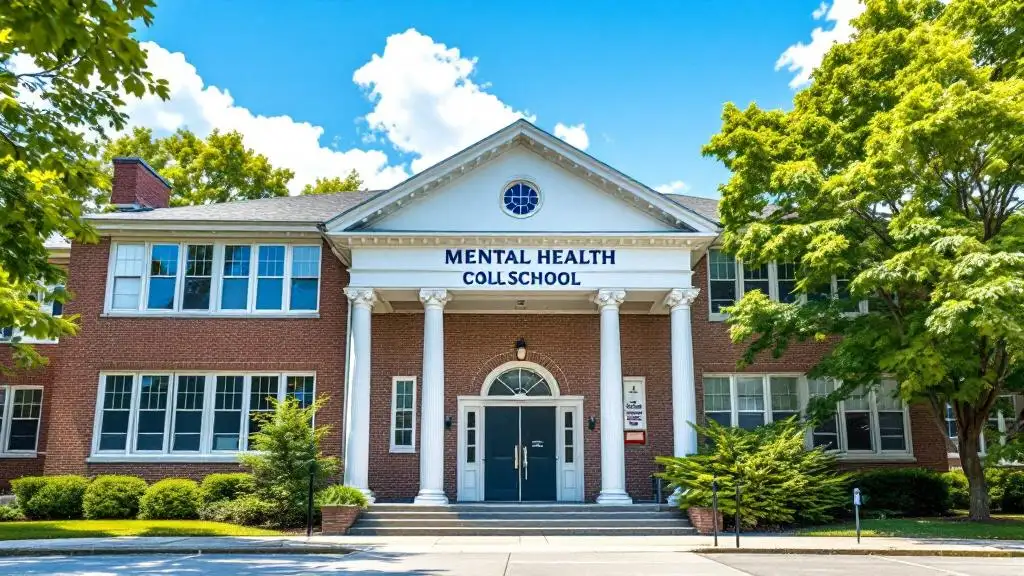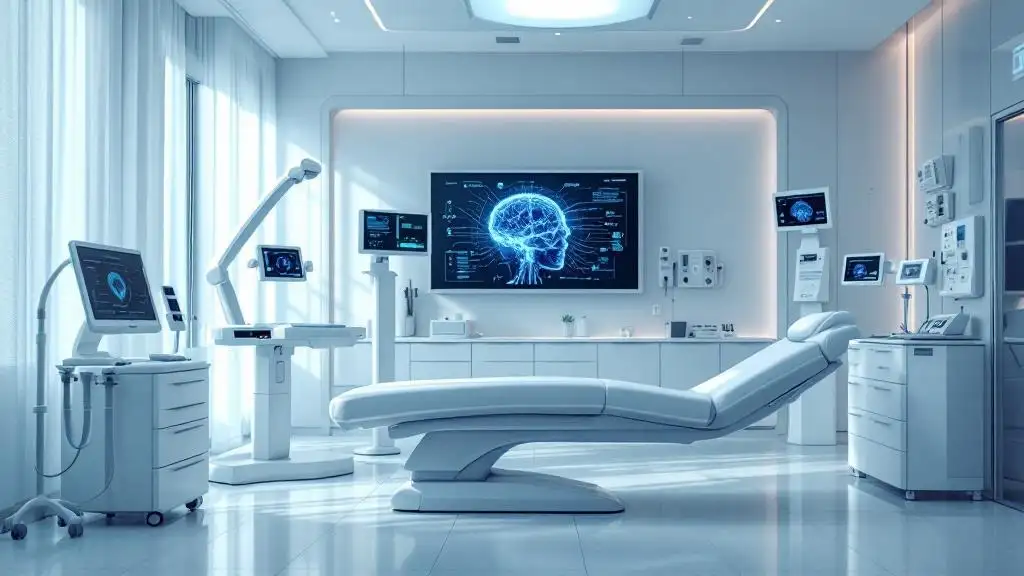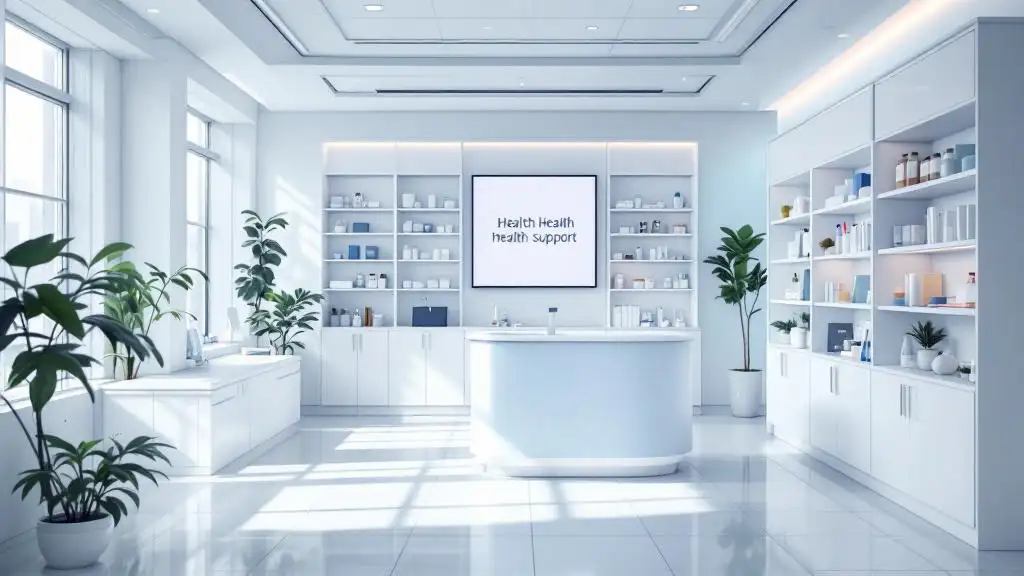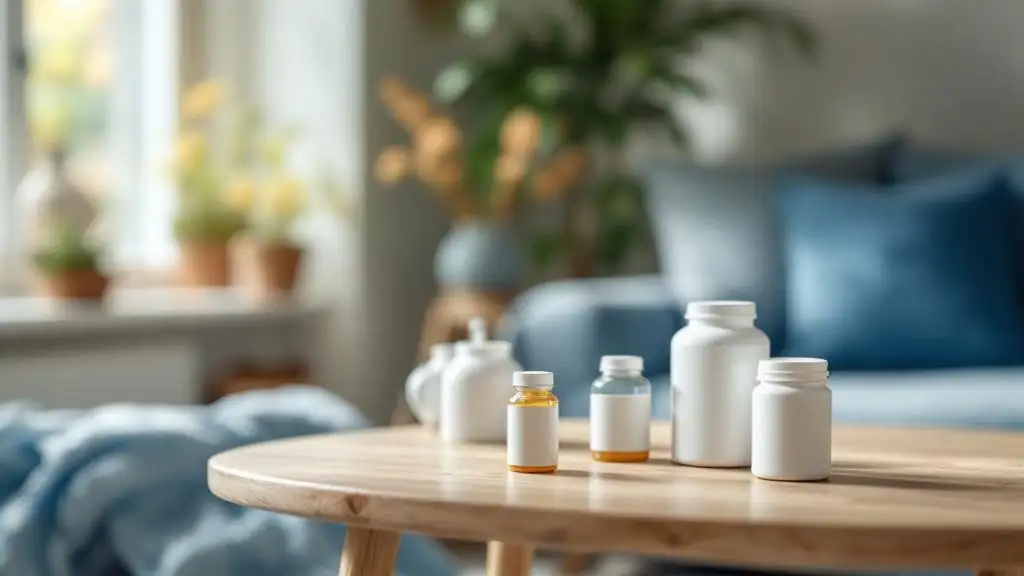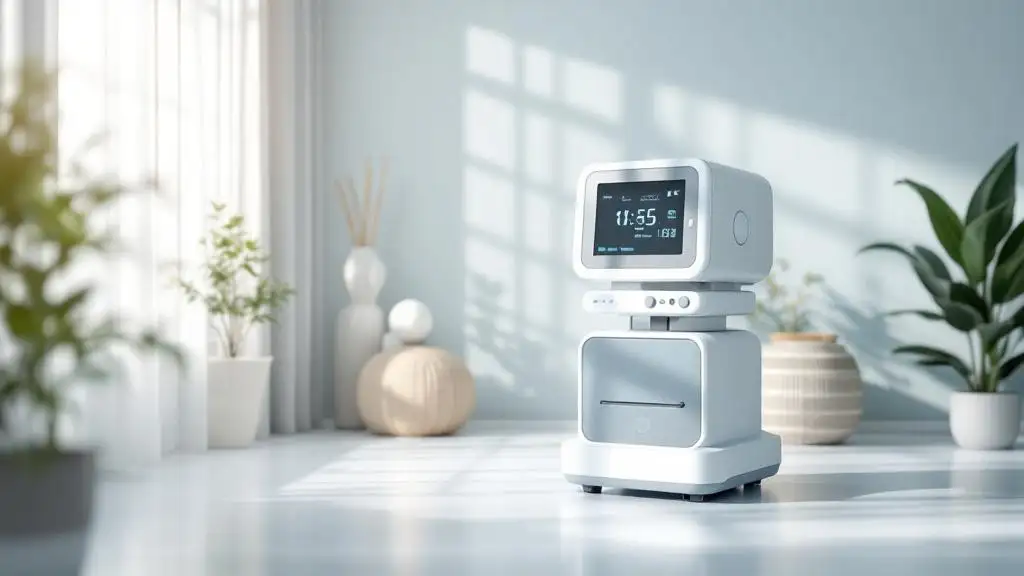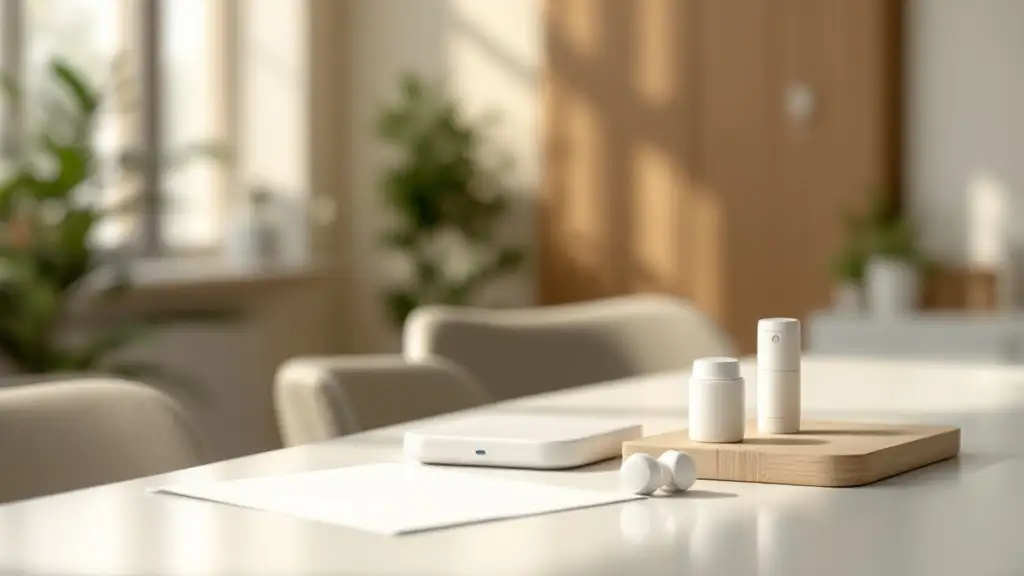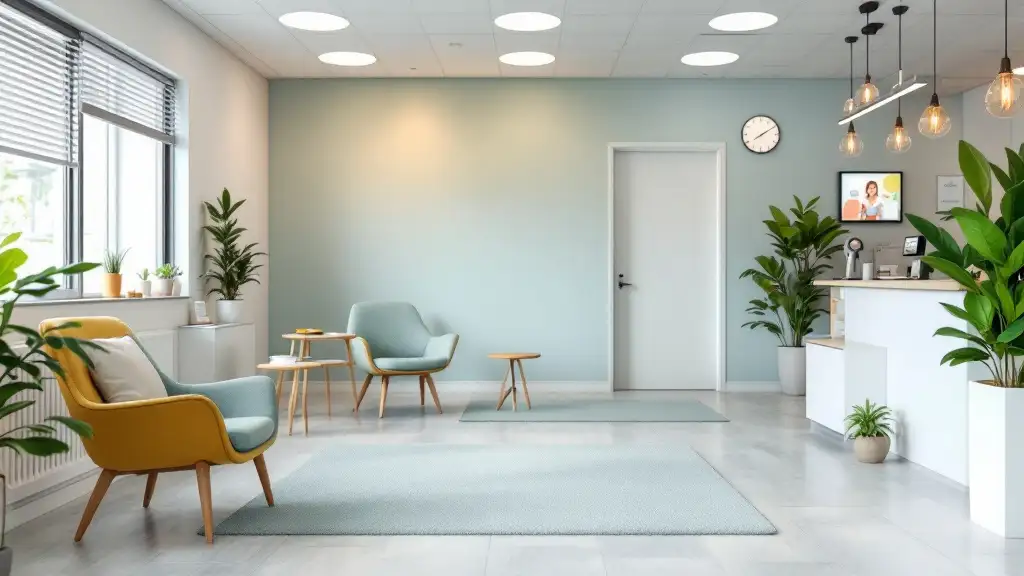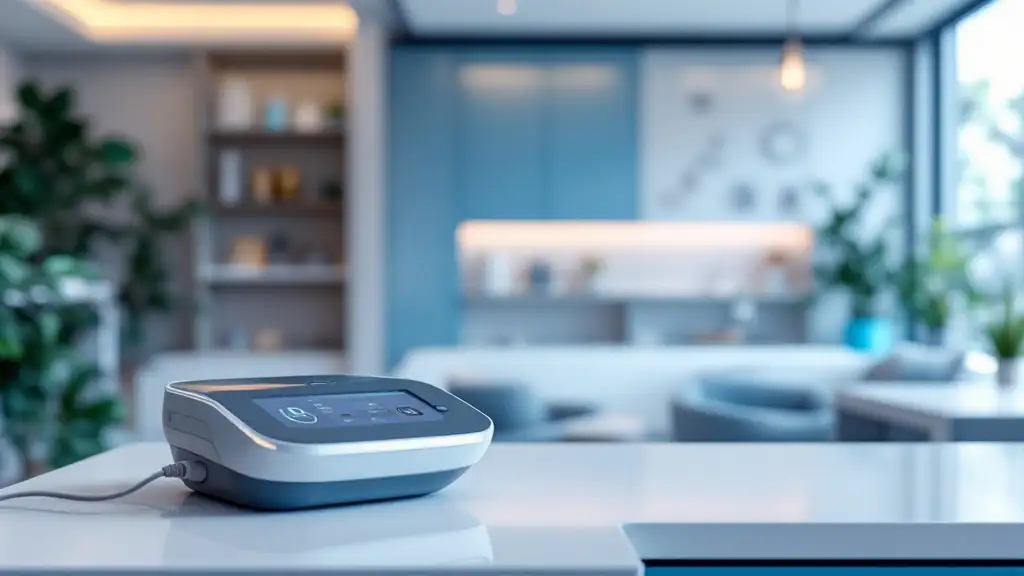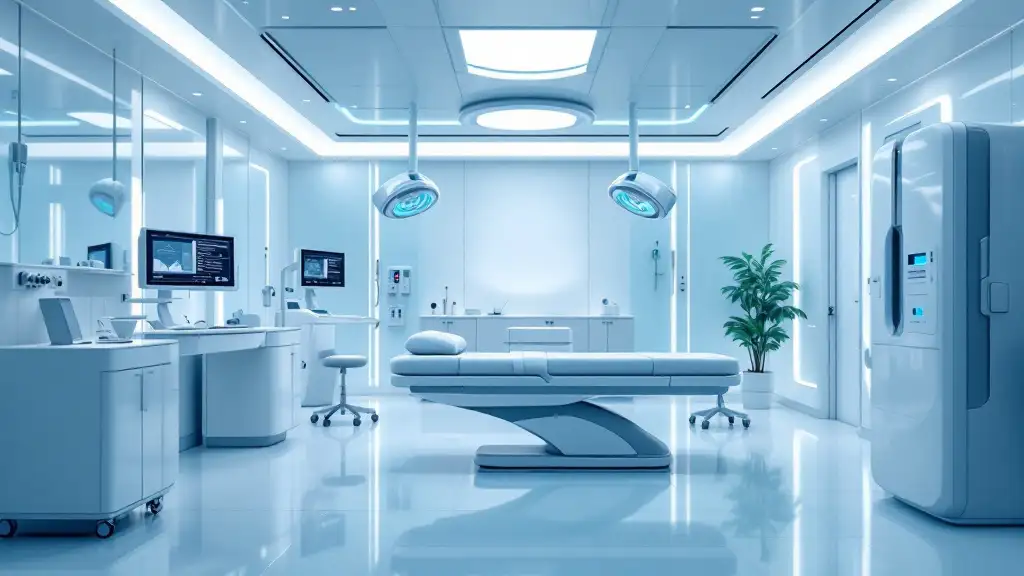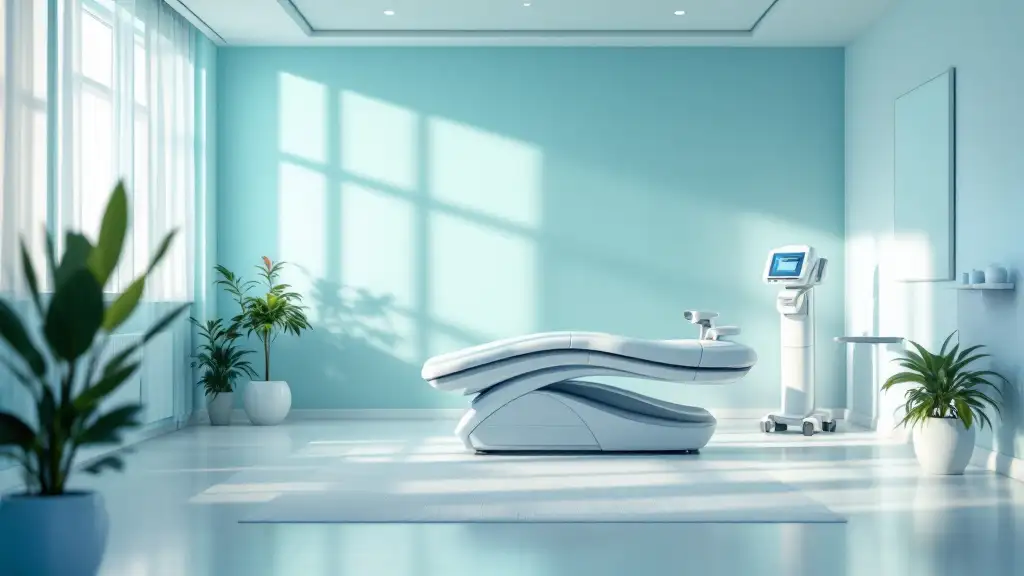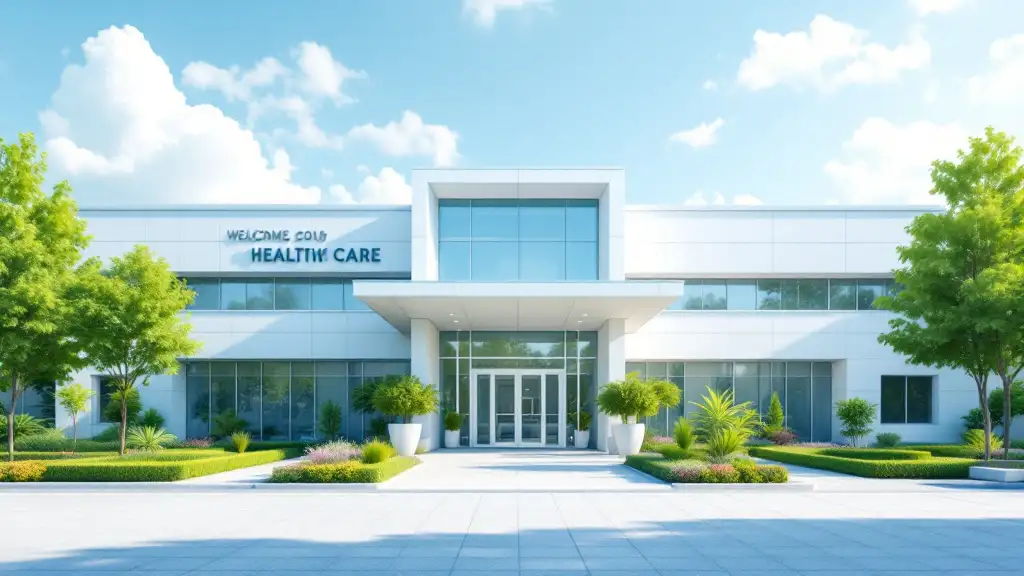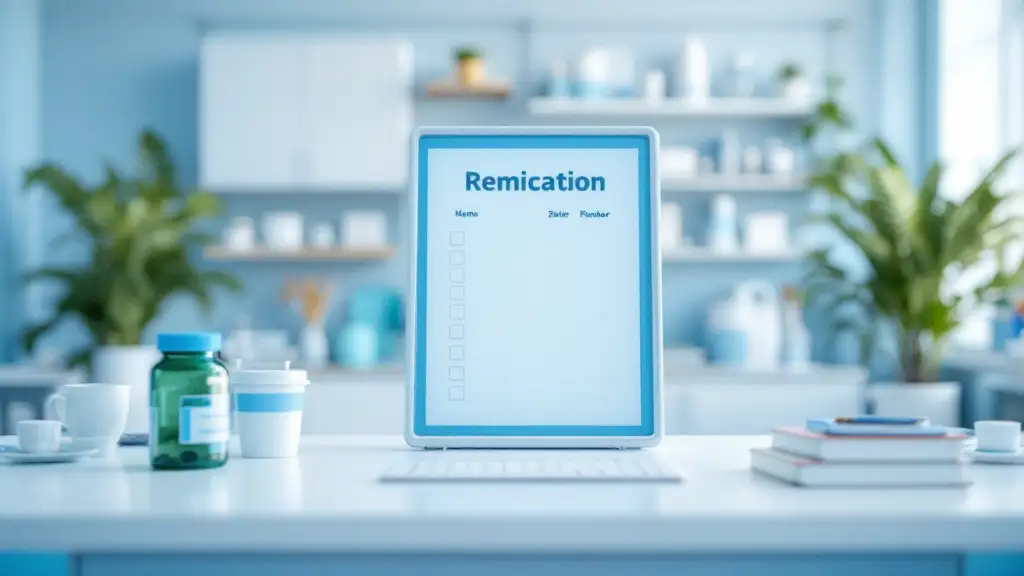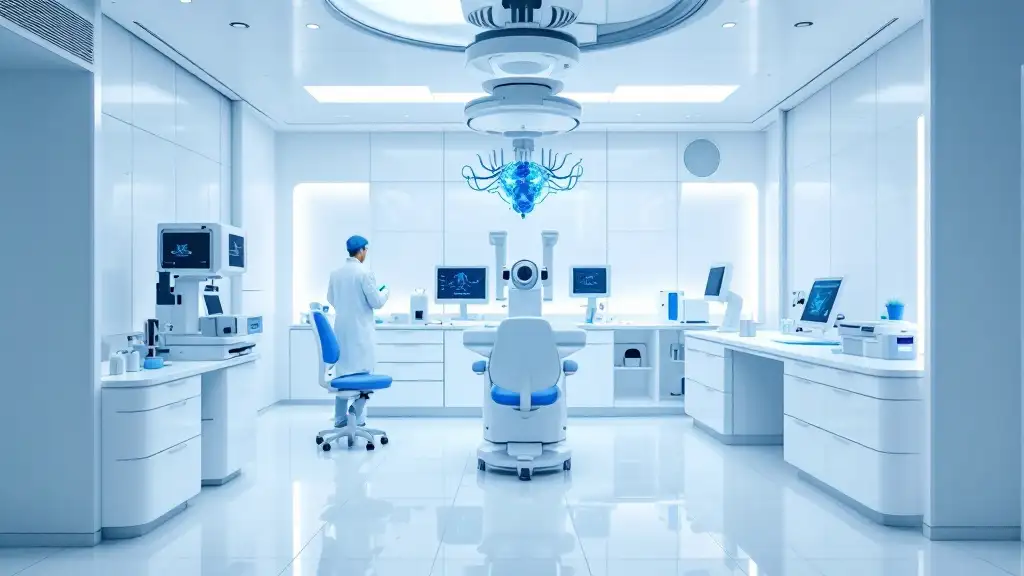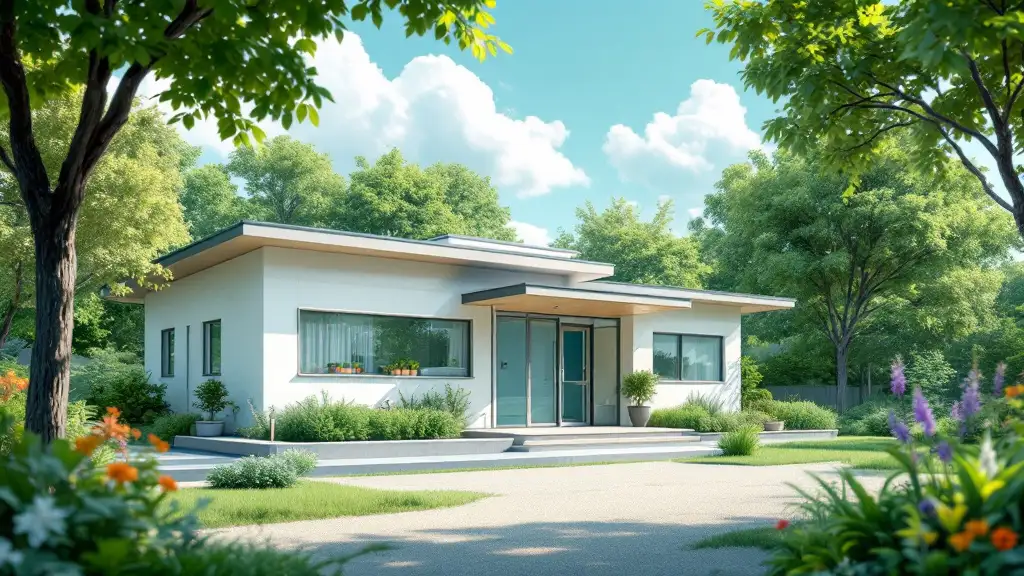Introduction to Depression Treatments
Depression affects millions worldwide, and while antidepressants have been the cornerstone of treatment for decades, newer therapies like Transcranial Magnetic Stimulation (TMS) are gaining ground. This article explores the effectiveness of TMS compared to traditional antidepressant medications, particularly focusing on treatment-resistant depression, to help patients and providers understand the options available within comprehensive mental health services.
Overview of Comprehensive Mental Health Services and Treatment Modalities

What types of mental health services are typically included in comprehensive treatment programs?
Comprehensive mental health treatment programs offer a broad range of services designed to meet diverse patient needs. These typically include thorough assessments and diagnostic evaluations to tailor personalized treatment plans. Common interventions encompass psychotherapy varieties such as cognitive-behavioral therapy (CBT), family therapy, and motivational counseling.
Medication management plays a central role, with adjustments made according to individual symptom profiles for disorders like depression, anxiety, bipolar disorder, and substance use. To address treatment-resistant cases, programs often integrate advanced therapies such as transcranial magnetic stimulation (TMS), electroconvulsive therapy (ECT), and ketamine infusions.
Services span different levels of care, including outpatient therapy, intensive inpatient programs, residential care, and transitional or interim services to match treatment intensity with patient needs. Peer support groups and recovery programs are frequently included to enhance social support structures and facilitate ongoing recovery.
Role of psychotherapy and medication management
Psychotherapy and medication management are foundational in mental health treatments. Psychotherapy, particularly CBT, helps patients develop coping mechanisms and modify thought patterns linked to mental health conditions. Medication management involves prescribing and monitoring antidepressants, mood stabilizers, or antipsychotics to alleviate symptoms and prevent relapse.
Combining these treatments improves effectiveness, addressing both psychological and biological factors. Importantly, medication side effects and individual response rates are carefully monitored to optimize patient outcomes.
Incorporation of advanced treatments like TMS
Advanced interventions such as TMS have revolutionized care for individuals with treatment-resistant depression. TMS is a noninvasive procedure that uses magnetic fields to stimulate brain areas involved in mood regulation, notably the left dorsolateral prefrontal cortex.
Standard TMS protocols typically require daily sessions over several weeks and achieve about a 50% response rate. Newer techniques, including accelerated and personalized fMRI-guided TMS protocols like SAINT™, have shown remission rates nearing 79% in just 5 days.
TMS is often used alongside psychotherapy and medication or as a monotherapy. It offers rapid symptom relief with minimal side effects and has demonstrated superiority over antidepressant medication switching in some studies, especially in patients with multiple prior treatment failures.
Through combining traditional therapies with innovations like TMS, comprehensive mental health programs provide flexible, effective options tailored to individual treatment resistance and symptom complexity.
Understanding Antidepressants and Their Effectiveness in Depression

How do antidepressants work?
Antidepressants function by altering neurotransmitter levels in the brain, primarily targeting serotonin, norepinephrine, and dopamine. Common classes include SSRIs (Selective Serotonin Reuptake Inhibitors), SNRIs (Serotonin-Norepinephrine Reuptake Inhibitors), TCAs (Tricyclic Antidepressants), and MAOIs (Monoamine Oxidase Inhibitors). These medications aim to rebalance mood-related brain chemistry to alleviate symptoms of depression.
What is the efficacy of antidepressants in treatment-resistant depression?
While antidepressants are effective for many patients, their efficacy diminishes significantly in treatment-resistant depression (TRD). A 2022 reanalysis of the STAR*D study revealed that only about 35% of patients achieved remission after trying up to four different antidepressant medications. This highlights the challenge in managing TRD, where multiple medication trials often fail to produce full symptom relief.
What are common side effects and treatment challenges associated with antidepressants?
Antidepressant use can lead to various side effects such as weight gain, sexual dysfunction, and insomnia. Additionally, finding the right medication and dose may take weeks or even months, contributing to patient frustration. These challenges, combined with the limited remission rates in TRD, underscore the need for alternative or complementary therapies in some cases.
Transcranial Magnetic Stimulation: Mechanism and Advancements
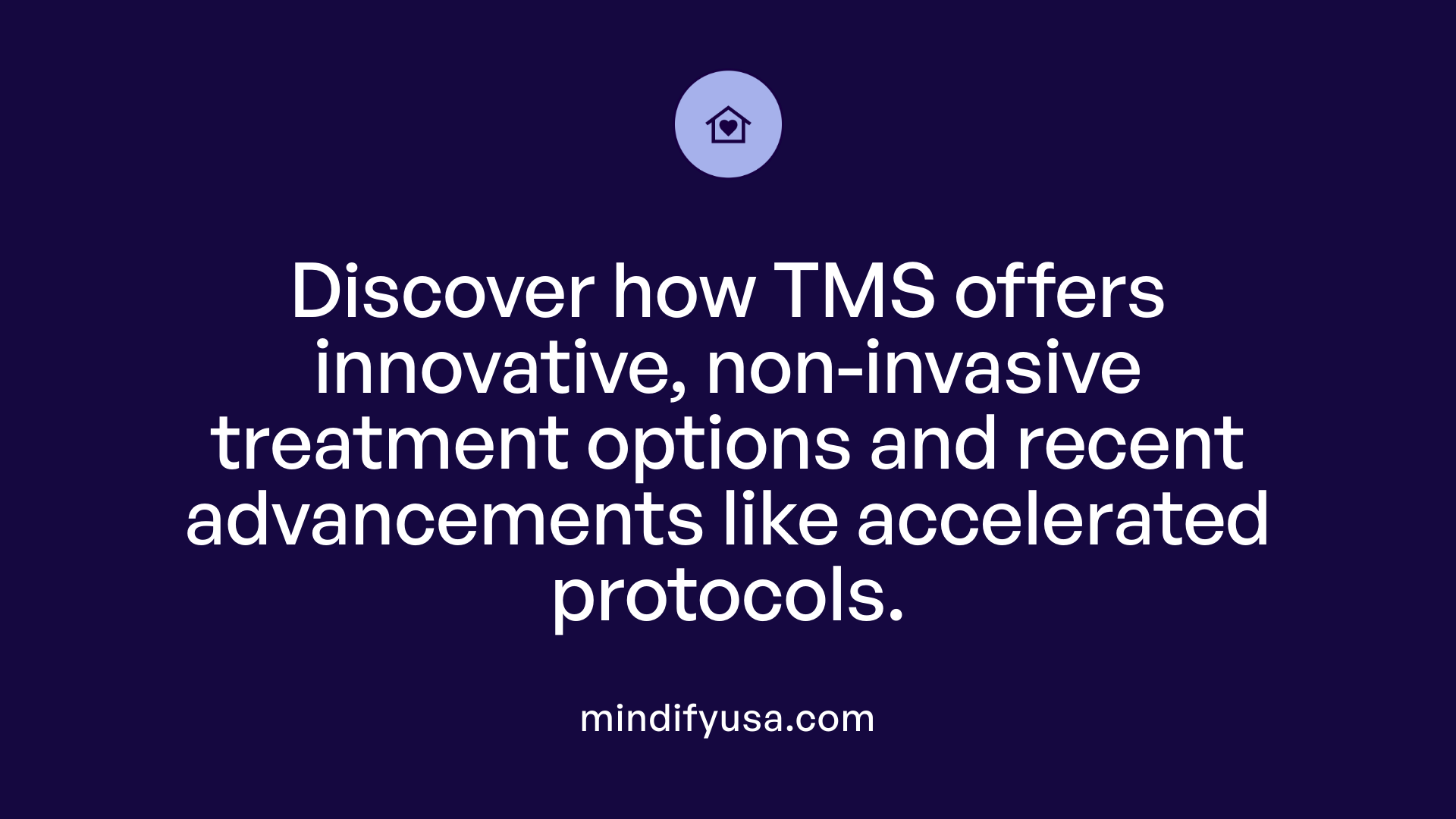
How TMS works to treat depression
Transcranial Magnetic Stimulation (TMS) is a non-invasive therapy that uses magnetic fields to stimulate nerve cells in specific brain areas involved in mood regulation. Primarily, TMS targets the left dorsolateral prefrontal cortex, a region associated with depression symptoms. Unlike antidepressants that modify neurotransmitter levels chemically, TMS directly activates brain circuits, offering an alternative for those with treatment-resistant depression.
Standard versus newer accelerated TMS protocols
Standard repetitive TMS (rTMS) typically involves daily sessions lasting 20 to 40 minutes, conducted over 4 to 6 weeks. This approach yields about a 50% response rate. However, newer protocols like SAINT™ have revolutionized treatment by using fMRI-guided personalized targeting and delivering 50 sessions within 5 days. This accelerated treatment achieves remission rates close to 78.6%, dramatically shortening the timeline for symptom relief.
Other innovations include Theta-Burst Stimulation (iTBS), which applies rapid pulses to provide faster and effective results with minimal side effects. Accelerated TMS protocols are particularly beneficial in crisis scenarios or when conventional treatments have failed.
Safety and side effect profile
TMS is widely recognized as a safe alternative to pharmaceuticals. Common side effects are generally mild, including headache and scalp discomfort, without the risks of dependence or withdrawal associated with antidepressants. Patients often report fewer adverse effects compared to medication-based treatments. Because TMS is non-drug-based and precisely targeted, it offers a tolerable and effective option for many struggling with depressive disorders.
Comparative Effectiveness of TMS Therapy Versus Antidepressants
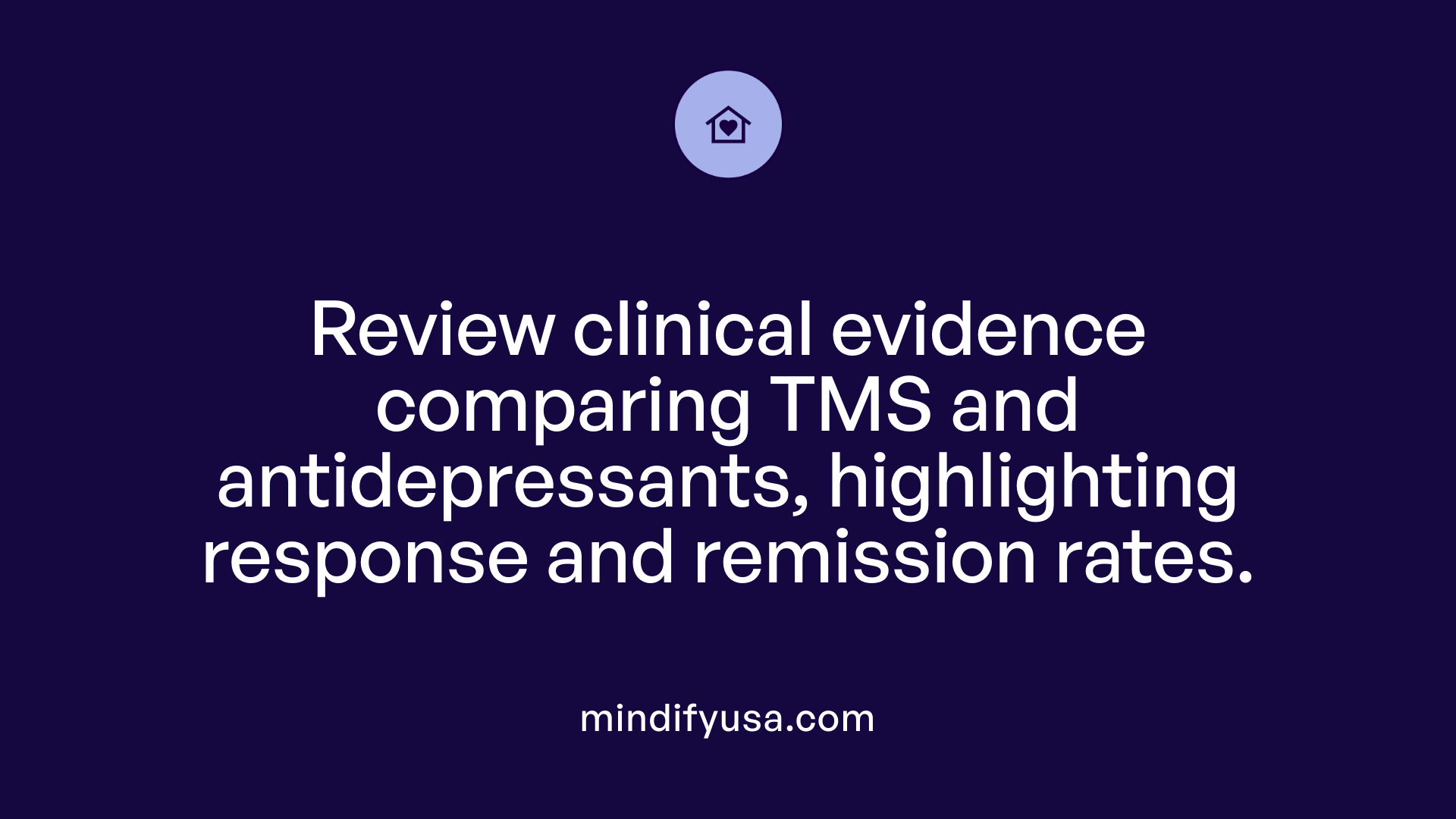
What do clinical trials say about rTMS versus antidepressants?
A recent multicenter randomized controlled trial (Dalhuisen et al., 2024) directly compared repetitive Transcranial Magnetic Stimulation (rTMS) with traditional antidepressant medication switching in patients with treatment-resistant depression (TRD). The trial involved 89 patients who had failed to respond to at least two antidepressants previously and included psychotherapy for all participants.
rTMS was delivered as 25 high-frequency sessions targeting the left dorsolateral prefrontal cortex over 8 weeks. The medication group followed a structured treatment algorithm for switching or augmenting antidepressants. Results revealed that rTMS led to a significantly larger reduction in depression severity, measured by the Hamilton Depression Rating Scale (HAM-D), with a mean score reduction of -10.02 versus -4.19 for medication.
How do response and remission rates compare?
Response and remission rates were notably higher with rTMS compared to antidepressants. The rTMS group experienced a 37.5% response rate and 27.1% remission rate, while the medication group showed only 14.6% response and 4.9% remission. These figures suggest that rTMS offers a more effective option for patients who have not benefited from standard antidepressant therapies.
Does combining TMS with psychotherapy improve outcomes?
Combining TMS with psychotherapy such as Cognitive Behavioral Therapy (CBT) has demonstrated even more promising results. Combined treatment can improve response rates by approximately 8% and remission rates by around 19%, with some studies noting remission rates rising to approximately 55%. This combination not only boosts symptom reduction but also supports sustained long-term recovery.
What improvements in symptoms do patients experience?
Beyond depression, rTMS was found to reduce symptoms of anxiety and anhedonia more effectively than medication switching. However, there were no substantial differences between treatments in rumination, cognitive reactivity, or sleep disturbances. Additionally, patient expectations positively correlated with symptom improvement, underscoring the importance of engagement and optimism during treatment.
Overall, rTMS provides a safe, non-invasive alternative to antidepressants, with fewer side effects and superior efficacy particularly in treatment-resistant populations. It offers accelerated treatment options and improved patient outcomes, especially when combined with psychotherapy.
Future Directions and Considerations for Treatment Choice in Depression
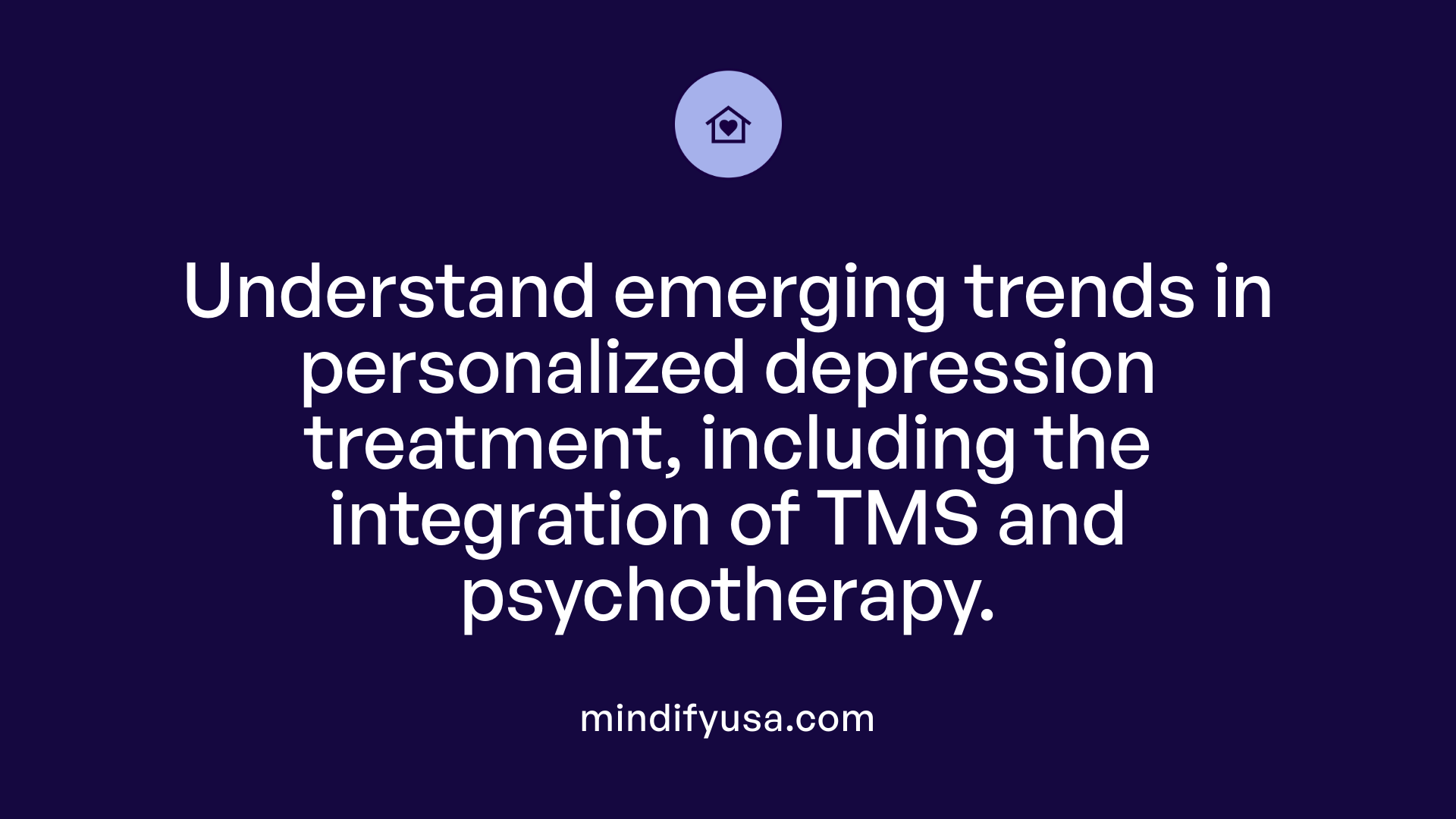
Personalizing Treatment Based on Symptom Profile and Patient Preference
Advancements in depression treatment increasingly highlight the importance of tailoring interventions to individual symptom profiles and patient preferences. For example, rTMS has shown superior efficacy for certain symptoms like anxiety and anhedonia compared to medication switching, suggesting that symptom-specific characteristics can guide treatment decisions. Moreover, incorporating patient preferences, including their expectations, can enhance engagement and improve outcomes, as optimism about treatment correlates positively with symptom improvement.
Integration of TMS into Comprehensive Mental Health Strategies
TMS is becoming an integral component of multidisciplinary care for depression, particularly treatment-resistant cases. Combining TMS with cognitive-behavioral therapy (CBT) has demonstrated notable gains — an approximate 8% improvement in response rates and a 19% increase in remission rates compared to TMS alone. This synergy supports sustained long-term improvements, with follow-up data indicating many patients maintain symptom relief for up to a year.
Importance of Patient Expectations and Engagement
The connection between patient expectations and treatment success underlines the need for clinicians to foster positive engagement. Educating patients about TMS’s noninvasive nature, relatively rapid effects—especially with accelerated protocols like SAINT™—and low side effect profile can boost treatment adherence and satisfaction.
Potential for TMS in Other Psychiatric Disorders
While primarily used for depression, TMS’s therapeutic potential extends to other disorders such as obsessive-compulsive disorder (OCD), where it already has FDA approval for specific applications. Ongoing studies are exploring broader uses, signaling a promising horizon for magnetic brain stimulation therapies within psychiatric care.
In summary, personalizing therapy by considering symptom profiles and patient values, integrating TMS with psychotherapy, actively managing patient expectations, and expanding TMS use beyond depression represent important future directions for mental health treatment.
Conclusion: Weighing the Options for Effective Depression Management
The evolving landscape of depression treatment highlights that while antidepressants remain essential, TMS therapy offers a promising alternative, especially for those with treatment-resistant depression. Evidence shows TMS can provide faster symptom relief, higher remission rates, and fewer side effects, particularly when combined with psychotherapy. As comprehensive mental health services continue to expand their offerings, the choice between TMS and antidepressants should consider individual patient profiles, treatment resistance, and expectations. Ultimately, integrated care involving multiple modalities presents the best prospect for sustained recovery and improved quality of life.
References
- Most Effective Depression Treatments: Antidepressants vs. ...
- TMS vs Antidepressants for Treating Depression
- rTMS vs. Antidepressants: A New Path for Treatment-Resistant ...
- Efficacy of TMS for Depression compared with other ...
- rTMS as a Next Step in Antidepressant Nonresponders
- TMS Therapy vs. Antidepressants: A Comprehensive Guide
- Behavioral Health at Sutter Health











